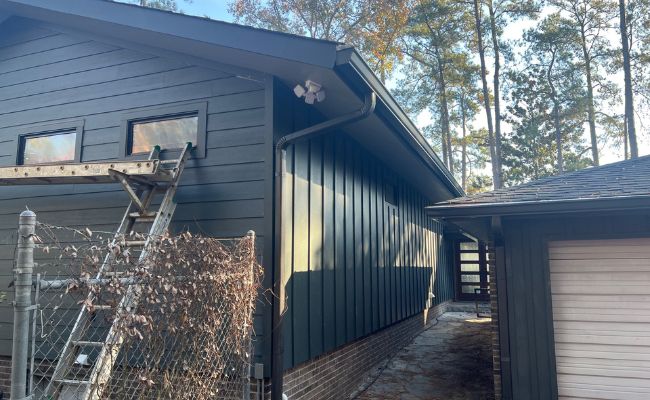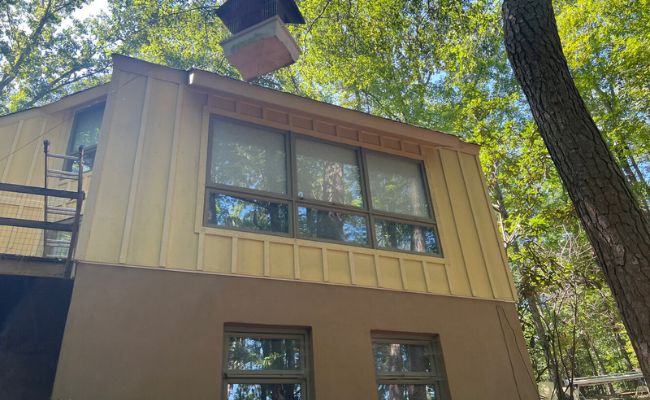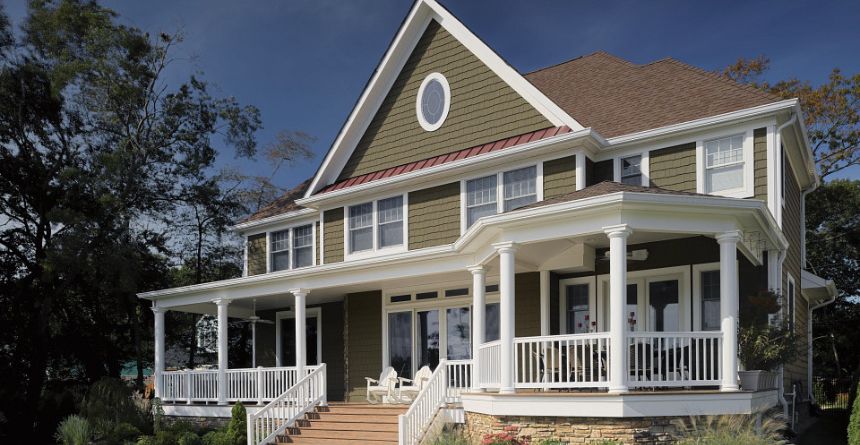Bracing for the Storm:
Choosing the Right Siding for Hurricane and Wind Resistance
When the weather gets rough, the only place most of us want to be is safe inside our homes. However, the level of protection our homes can provide is limited by the choices we make in siding and roofing materials. This article will examine the risks posed by high winds, and look at the durability of several common siding options.
Don’t have time to read through the whole article? Well, in brief, it is essential for homeowners to choose a robust siding like James Hardie fiber cement, and have it installed by a professional. Even the best materials, if installed incorrectly, will not offer adequate protection.
Want to learn more about South Carolina’s hurricane season and how different sidings respond to hurricane-force winds and heavy rain? Keep reading!

Hurricanes, High Winds and Residential Siding: Considerations
South Carolina sits on the Atlantic coast and has experienced four Category 3+ hurricanes, with the last being Category 3 Hurricane Hugo in 1989. Hugo caused over 8 billion dollars in losses, and damaged or destroyed over 100,000 homes in South Carolina alone. Including these major hurricanes, South Carolina has been impacted by 263 tropical storms and cyclones since 1855, and there is a 80% chance of an impact each and every year.
When compared to states like Florida, South Carolina’s hurricane season is relatively mild. We have never had a hurricane make landfall between November and May, and the vast majority of hurricanes arrive between mid-August and mid-October.
While the state has rarely seen hurricane force-winds extending more than 80 miles inland, hurricanes have been known to spawn clusters of tornadoes. In 2004, Hurricane Frances caused 47 tornadoes to sweep across South Carolina, the largest of which was an F3 with winds between 158 and 206 miles per hour!
Disasters like these drive home the lesson on the importance of hurricane-resistant building materials and robust building code regulations. Hurricane damage can come from a wide range of factors – but a common source is wind-driven rain causing water damage to wind-damaged homes. The right choice of siding material and house sheathing is essential for homeowners who want the peace of mind knowing that their home will make it through a major weather event unscathed.
The Federal Emergency Management Agency (FEMA) stresses the importance of not only selecting the right home siding, but also working with contractors who know how to correctly install them. In areas prone to wind damage, they recommend using specific fastening techniques, such as face-nailing instead of blind nailing . This is one reason why choosing a reputable siding contractor is essential – even the best siding will fail if it is installed improperly!

Common Siding Materials and Wind Resistance
1. Wood Siding:
Wood is aesthetically appealing but requires significant upkeep to stay looking its best. If well-installed, wood lap siding is typically fairly robust in high winds, although it is not as durable as its modern alternatives. Wood shingles are not well suited for hurricane-force winds and should be avoided in hurricane zones.
2. Vinyl Siding:
Vinyl is usually rated to resist wind loads up to 110 mph, with higher wind ratings available in specialized product lines. However, vinyl’s ability to handle high winds is highly dependent on installation technique. Additionally, vinyl siding is not known for its impact resistance and is very likely to be damaged by objects thrown by strong winds.
3. Metal Siding:
Metal siding products vary by manufacturer, but are generally quite robust and with proper installation can be used in high wind areas. One downside is that thinner gauge (thickness) metal siding is prone to dents.
4. Brick Siding:
Brick is one of the oldest, and most durable types of siding available. Brick veneer is not as durable, but still can provide significant protection from the elements. Veneers need to be installed by professionals, and not all properties are good candidates for this type of siding due to the additional weight of it compared with other siding options.
5. Fiber Cement Siding:
Known for its resilience, fiber cement siding can endure wind speeds over 130 mph. A blend of cement, sand, and cellulose fibers, this siding is ideal for high wind and severe weather conditions. James Hardie fiber cement products are among the most durable siding materials on the market, with many of their products being rated against wind gusts in excess of 200 miles per hour.

The Weather Here in Columbia
Columbia experiences its fair share of strong summer thunderstorms which bring along high winds and the occasional bout of hail. The good news is that our 88 mph wind record (set in August 2023) is within the tolerance zone of several different exterior siding options.
As you move closer to the Atlantic Coast, the need for more robust exterior cladding becomes more pronounced. In hurricane-prone areas homeowners will want to choose siding that is rated to withstand prolonged exposure to even higher winds.
However, for peace of mind, homeowners should consider investing in siding choices like James Hardie fiber cement, metal siding, or even brick veneers. These siding options are able to take a beating and still continue protecting your home.
The Best Siding for Hurricane and Wind Resistance
Hurricanes and high wind are perennial risks in South Carolina which should not be ignored. When it comes time to replace your home’s siding, choosing an impact- and wind-resistant option like James Hardie fiber cement is a great way to protect your home from damage.
Remember, that the siding installation process is just as important as the siding material itself. Your best bet is a local, reputable company which has ample experience working with whichever siding material you choose!
